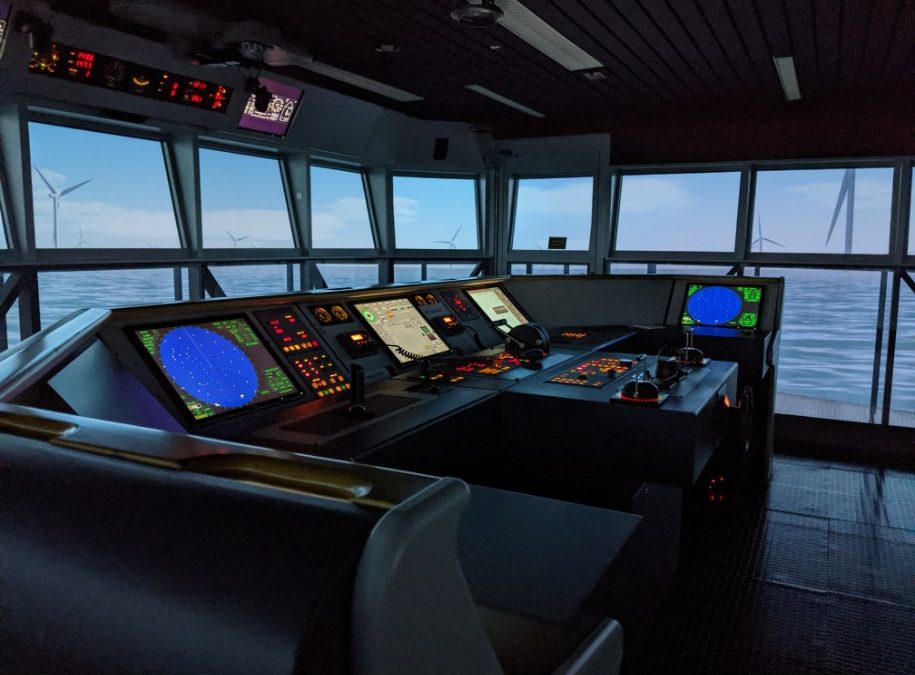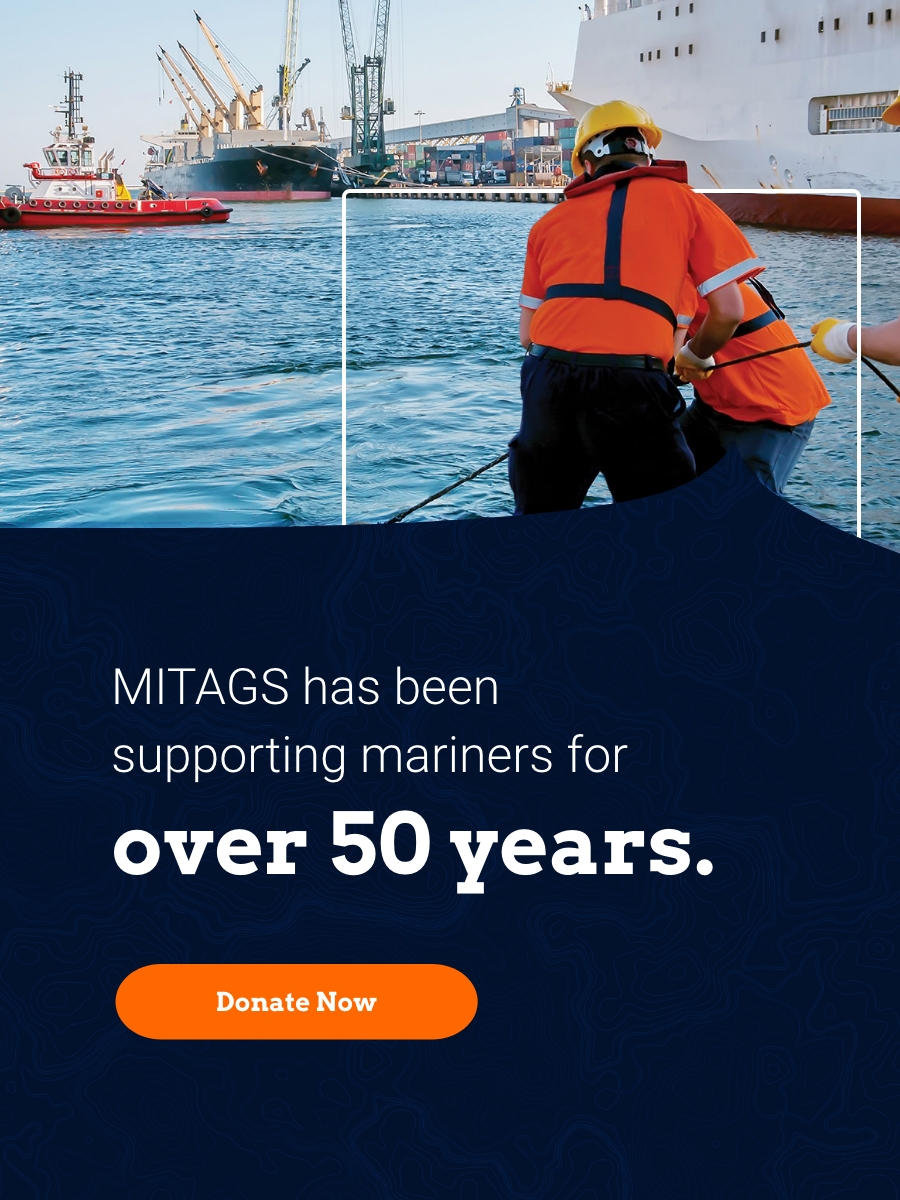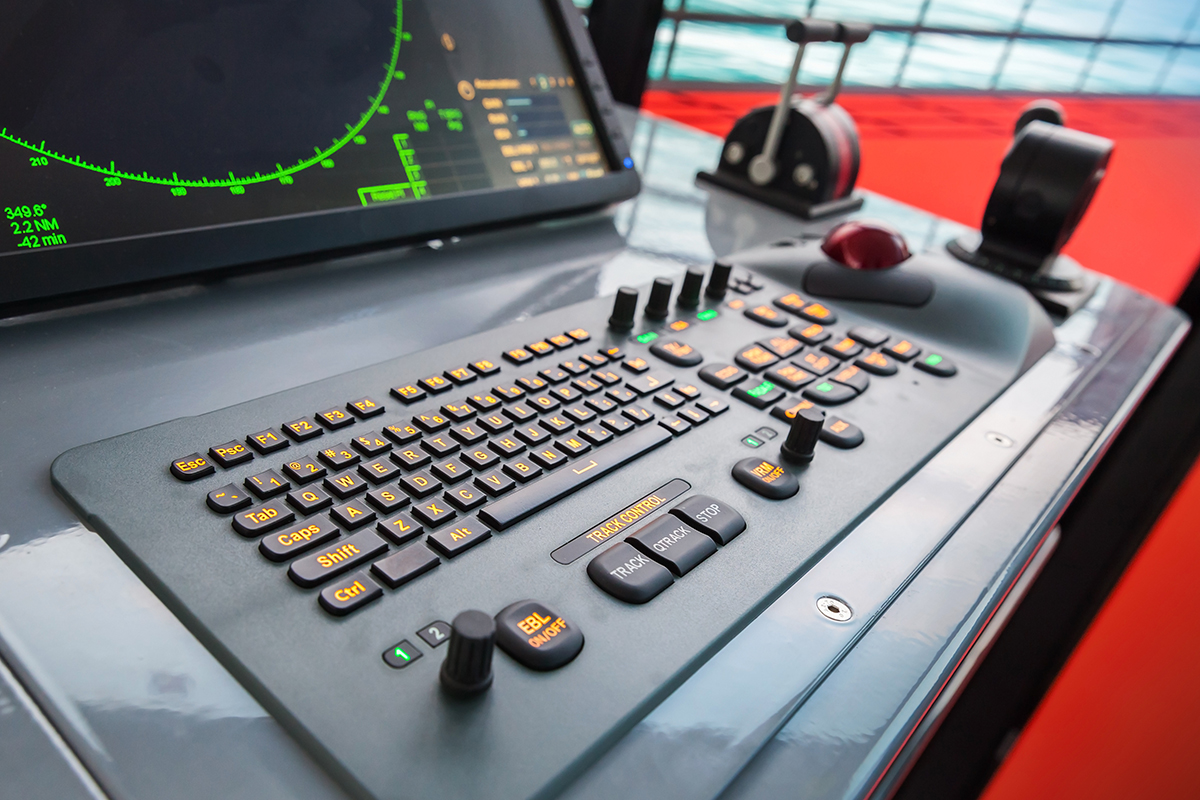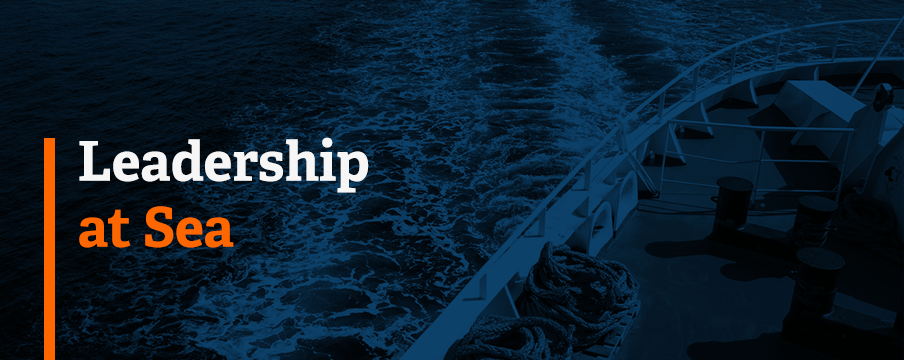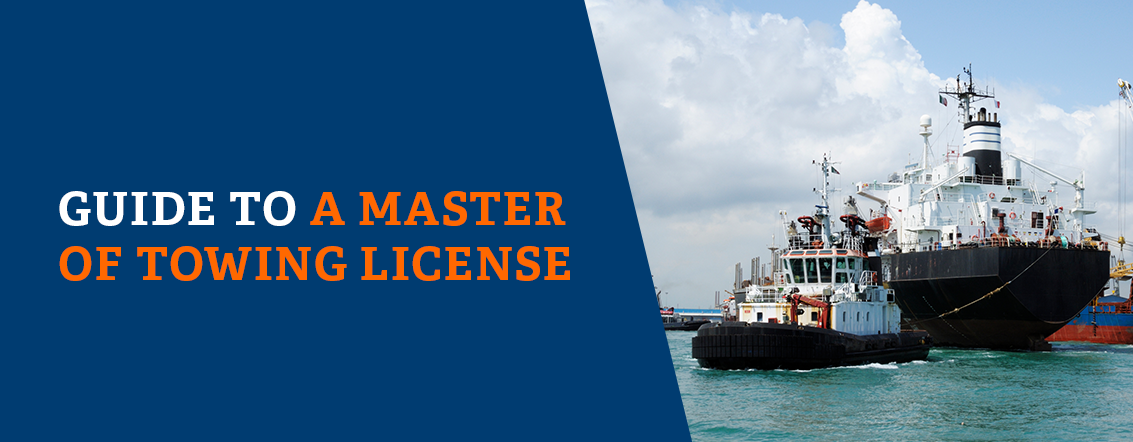Author: Captain Christine Klimkowski, MBA, MITAGS Instructor
Editors: Catie Gianelloni, NSAP® Manager, Lead Simulator Operator (East Coast) & Instructor,
and Colleen Schaffer, P.E., Director of System Engineering & Coastal Engineer
A bridge or ship simulator is a system of computers, screens, hardware and software that simulates vessels, ports, weather conditions, and traffic patterns for training, assessment and research. Full mission bridge simulators are constructed to replicate the physical environment of a ship’s wheelhouse or bridge and its controls. Let’s take an in-depth look at how simulators are used and the simulation facilities at MITAGS.
What is a Bridge Simulator Used For?
Bridge simulators are used for the training and assessment of mariners and for the research and development of ports, waterways and vessels.
Bridge simulators are used for the development of practical, hands-on skills within a controlled environment. Skills like ship handling, application of the rules of the road, bridge resource and team management, and best practices and use of tools during a watch cannot be taught in the classroom alone. Bridge simulators allow students to apply classroom learning in scenarios that simulate real-life by practicing complex maneuvers with real-time mentorship and guidance from experienced subject matter experts. Simulators can also be used to assess a student’s learning or assess a candidate’s suitability for a job.
At MITAGS, we also use the simulator for pilot exams and the Navigation Skills Assessment Program (NSAP)®. The Navigation Skills Assessment Program (NSAP)® is a risk-based measurement tool to assess a mariner’s performance in the simulator, focused specifically on the core skills required of licensed deck officers as defined by international standards and industry best practices. Trained and qualified subject matter experts assess each NSAP® session, which use realistic scenario-based exercises, geared toward the license level of the participant and the sector of the industry they are currently working in.
At MITAGS we also use the simulator to research the viability and safety of ports, waterways and vessels, as well as accident recreation. With local stakeholders and our own experts, we help ports determine if proposed development projects such as dredging, new docks or terminals can be safely utilized and what amendments would be useful.
The Benefits of Bridge Simulators in Training
The benefits of bridge simulators are multifold. Simulators allow one to create scenarios all over the world with a wide variety of vessels. At MITAGS we maintain more than 300 vessel models and over 80 port areas. Our suite of vessels consists of tugboats, tankers, ferries, cruise ships, naval vessels, containerships and more. Our port areas cover the globe and can include proposed new construction areas. This variety of ship models and port areas provide access to a wide range of training, assessment, and research opportunities, including the ability to create highly realistic multi-vessel exercises (i.e. large ships and tugs working together during a complex maneuver in a narrow channel).
Within a simulation scenario, realistic environmental forces, such as wind, waves, and swells can be programmed to simulate real life conditions, worst-case scenarios, or even previous real-life incidents. With port research and development, we utilize real-time and historical meteorological information to simulate normal weather conditions and seasonal anomalies. Another benefit of simulators is the authenticity of the hydrodynamic forces of vessel-to-vessel interaction and shallow water effects. The realism of the hydrodynamic forces creates ships that handle and interact as they do in real-life.
Through equipping our simulators with audio and video recording systems, we provide in-depth documentation of your training and testing. This also gives MITAGS the ability to virtually share this information and connect with clients around the globe in observation of simulations which then include real-time discussions on outcomes of a maneuver. Additional features logged by our reporting system include interactive forces, vessel position, the six degrees of freedom of motion, under keel clearance and squat, speed, and more. These recording tools are tremendously beneficial when debriefing exercises with students. Our reporting system allows us to compare simulation runs for analysis. With our chart and camera view playback tools, you can view your recording alongside this information at any angle or distance.
Since a variety of vessels, ports and meteorological conditions can be simulated, students and clients can experience challenging situations safely and without risk. This flexibility also allows students and clients to experience situations that they may not encounter regularly in real life.
What it’s Like to Use MITAGS Simulation Facilities
At our east coast campus, we have two 360-degree Full-Mission Ship Handling Simulators, one 120-degree Bridge Tug Simulator, three 300-degree Bridge Full-Mission Tug Simulators. At our west coast campus, we have a 240-degree Full-Mission Bridge Simulator and two 300-degree Full-Mission Tug Simulators. We utilize the latest Wärtsilä (Transas) operating system to run our simulators. Wärtsilä is renowned for its exceptional visual graphics acuity and in-house hydrodynamic teams, and their simulation software offers many unique features that cannot be found in similar products offered by other simulation providers. Our full-mission simulators can be used on their own or networked together. With the simulators networked together, the multiple simulators can operate in the same scenario allowing the vessels to interact with one another in real time. This is especially useful during complex maneuvers and research projects.
To provide you with an immersive learning experience, all the equipment of our full-mission bridge simulators is responsive and includes: VHF Radios, NaviSailor 3000 / 4000 Electronic Chart Display and Information System(ECDIS), ARPA, Radar, Trimble and JRC GPS, Autopilot with Track Control, Dynamic Positioning and more. Our simulators can be configured with a variety of propulsion controls including Voith Schneider and azipods.
In addition to simulators, each campus hosts several simulation debriefing rooms. These debrief rooms allow for in-person discussion and the viewing of simulation recordings. Each debriefing room has the same information displayed as the full-mission simulators and screens for viewing the bridge video in real-time. These debrief rooms allow additional observers and assessors to view the simulation without crowding the simulator.
Access High-Quality Maritime Training With MITAGS
MITAGS has been delivering a wide range of maritime training and simulation programs for over forty years. It was an early believer in adopting Det Norske Veritas (DNV) Quality Systems for maritime training and simulation courses. MITAGS was one of the first schools to integrate simulation into maritime training programs. Many of the MITAGS innovative courses served as models for the development of Standards of Training Certification of Watchkeeping (STCW-95 and Amendments). MITAGS is among the leading providers of continuing education and training services for state pilots and deep-draft shipmasters and deck officers.
MITAGS has built on this knowledge to provide sophisticated simulation services with specialties in the areas of custom full-mission ship simulation databases and models for operational research
Certain courses are approved by the U. S. Coast Guard as meeting the STCW Operational and Management level requirements. Other courses are approved by the American Pilots’ Association (APA), and Military Sealift Command (MSC). Additionally, The Maryland Higher Education Commission (MHEC) and the Washington State Vocation Training Board provide oversight.
Learn more about MITAGS training and facilities by contacting an advisor today.
Contact Us

